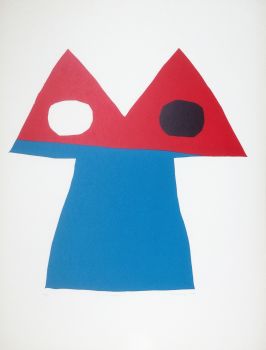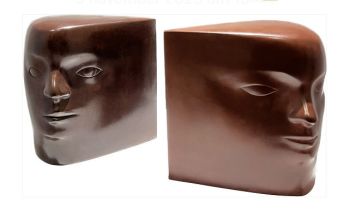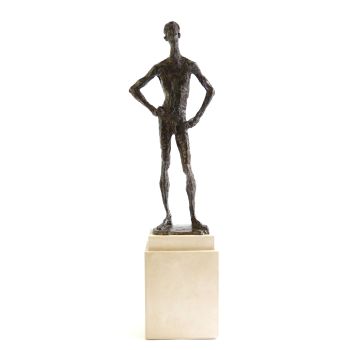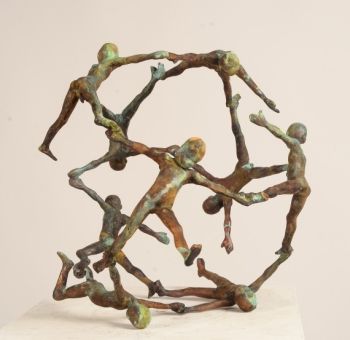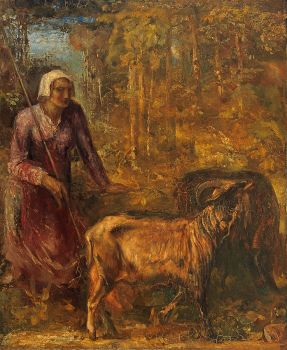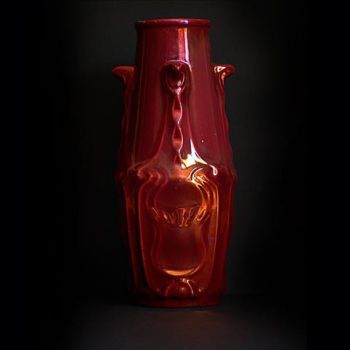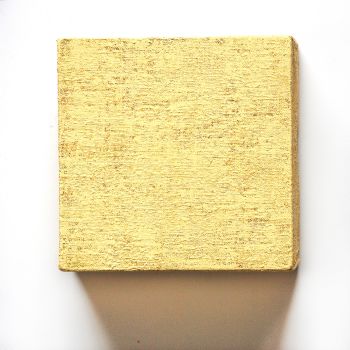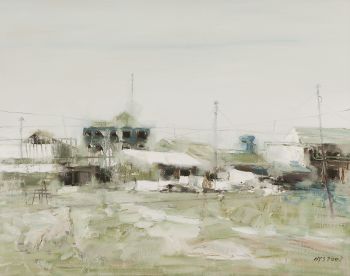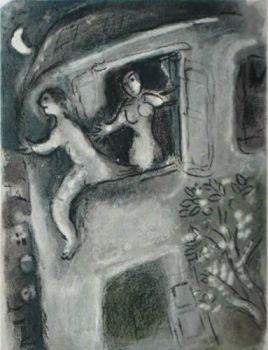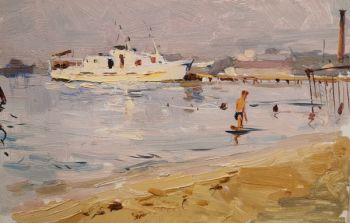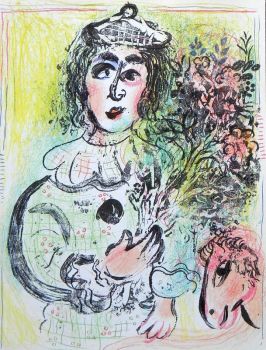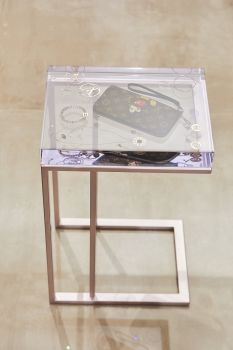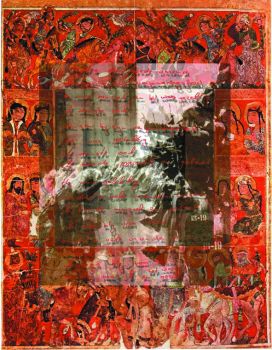Gerrit Thomas Rietveld
Biography1888 - 1964
About the artist
Gerrit Thomas Rietveld, (1888—1964) was a Dutch architect and furniture designer He was student in his father’s cabinetmaking business from 1899 to 1906 and later studied architecture in Utrecht. Rietveld began his association with the movement known as de Stijl in 1918. In this period he created his famous red-and-blue armchair, which, in its emphasis on geometry and in its use of primary colors, was a realization of de Stijl principles. In 1921 he designed a small Amsterdam jewelry shop, one of the first examples of the application of these principles to architecture. His masterpiece is the Schroeder House in Utrecht (1924), remarkable for its right-angle forms, planes, and lines, and for its use of primary colors. His mass-produced houses at Utrecht (1931–34) were closely related in style. He remained affiliated with de Stijl until it its end in 1931. From 1936 until after World War II, Rietveld devoted himself to furniture design. After the war he received a number of important architectural commissions, including the De Ploeg Textile Works (1956), Bergeyk; a housing development (1954–56), Hoograven; and the art academy (1962), Arnhem.

